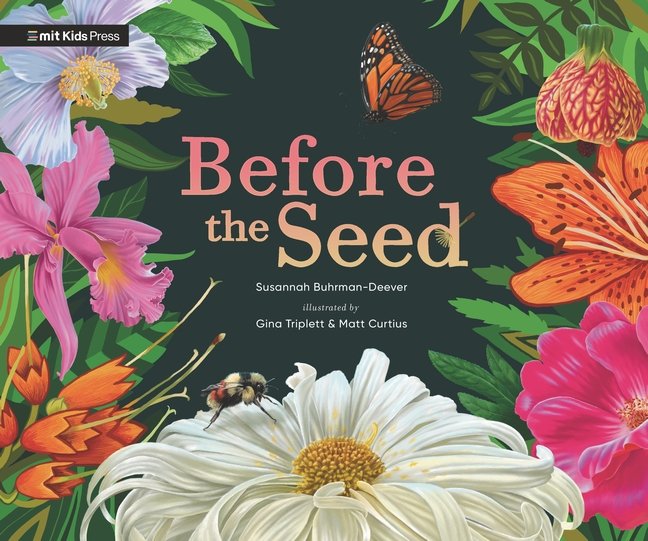Why I wrote this book:
A long time ago, I studied honey bees with Dr. Thomas Seeley, a noted honey bee expert. I spent two summers sitting by honey bee swarms and tracking honey bee waggle dances. I loved my time with the bees.
Fast forward a few years, and I am now lucky enough to have my own yard and garden to play in. I first focused mostly on growing vegetables and fruits to feed my family. Then I began to learn more about how to garden in support of native plants and pollinators. I added more and more different kinds of plants each year, and made sure I left lots of places for animals to build their homes. I love seeing all the different pollinators that visit my garden now: from bumble bees buzzing on blueberry bushes in May, to hummingbirds hovering at my bee balm in July, to gorgeous green sweat bees sipping from asters in September. Every year, I discover something new.
I wrote this book to celebrate the beautiful diversity of plants and pollinators, and to share the joy in discovering the wonders that surround us every day. I hope you are inspired to go out and explore.
Educator Resources:
MIT Kids Press/Candlewick Activity guide available here.
The Xerces Society for Invertebrate Conservation has a number of videos and activities about insects and pollination available here.
Planet Bee Foundation has virtual STEM education materials about pollinators and plant-animal relationships available here.
Penn State University’s Center of Pollinator Research has a number of classroom activities available here.
Helping Pollinators
Many plants and pollinators are facing challenges from habitat loss and climate change. These organizations offer some tips on how to help:
Xerces Society for Invertebrate Conservation
Citizen Science
By sharing information about what you see around you, you can help everyone better understand changing pollinator populations. Some projects that might be of interest:
Pollinator Pathway has some more ideas here.
